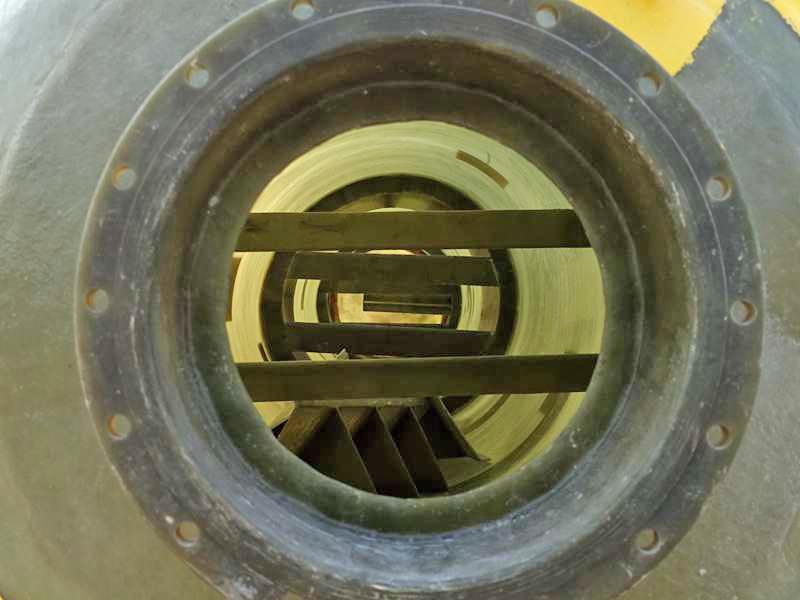
-
 Afrikaans
Afrikaans -
 Albanian
Albanian -
 Amharic
Amharic -
 Arabic
Arabic -
 Armenian
Armenian -
 Azerbaijani
Azerbaijani -
 Basque
Basque -
 Belarusian
Belarusian -
 Bengali
Bengali -
 Bosnian
Bosnian -
 Bulgarian
Bulgarian -
 Catalan
Catalan -
 Cebuano
Cebuano -
 China
China -
 China (Taiwan)
China (Taiwan) -
 Corsican
Corsican -
 Croatian
Croatian -
 Czech
Czech -
 Danish
Danish -
 Dutch
Dutch -
 English
English -
 Esperanto
Esperanto -
 Estonian
Estonian -
 Finnish
Finnish -
 French
French -
 Frisian
Frisian -
 Galician
Galician -
 Georgian
Georgian -
 German
German -
 Greek
Greek -
 Gujarati
Gujarati -
 Haitian Creole
Haitian Creole -
 hausa
hausa -
 hawaiian
hawaiian -
 Hebrew
Hebrew -
 Hindi
Hindi -
 Miao
Miao -
 Hungarian
Hungarian -
 Icelandic
Icelandic -
 igbo
igbo -
 Indonesian
Indonesian -
 irish
irish -
 Italian
Italian -
 Japanese
Japanese -
 Javanese
Javanese -
 Kannada
Kannada -
 kazakh
kazakh -
 Khmer
Khmer -
 Rwandese
Rwandese -
 Korean
Korean -
 Kurdish
Kurdish -
 Kyrgyz
Kyrgyz -
 Lao
Lao -
 Latin
Latin -
 Latvian
Latvian -
 Lithuanian
Lithuanian -
 Luxembourgish
Luxembourgish -
 Macedonian
Macedonian -
 Malgashi
Malgashi -
 Malay
Malay -
 Malayalam
Malayalam -
 Maltese
Maltese -
 Maori
Maori -
 Marathi
Marathi -
 Mongolian
Mongolian -
 Myanmar
Myanmar -
 Nepali
Nepali -
 Norwegian
Norwegian -
 Norwegian
Norwegian -
 Occitan
Occitan -
 Pashto
Pashto -
 Persian
Persian -
 Polish
Polish -
 Portuguese
Portuguese -
 Punjabi
Punjabi -
 Romanian
Romanian -
 Russian
Russian -
 Samoan
Samoan -
 Scottish Gaelic
Scottish Gaelic -
 Serbian
Serbian -
 Sesotho
Sesotho -
 Shona
Shona -
 Sindhi
Sindhi -
 Sinhala
Sinhala -
 Slovak
Slovak -
 Slovenian
Slovenian -
 Somali
Somali -
 Spanish
Spanish -
 Sundanese
Sundanese -
 Swahili
Swahili -
 Swedish
Swedish -
 Tagalog
Tagalog -
 Tajik
Tajik -
 Tamil
Tamil -
 Tatar
Tatar -
 Telugu
Telugu -
 Thai
Thai -
 Turkish
Turkish -
 Turkmen
Turkmen -
 Ukrainian
Ukrainian -
 Urdu
Urdu -
 Uighur
Uighur -
 Uzbek
Uzbek -
 Vietnamese
Vietnamese -
 Welsh
Welsh -
 Bantu
Bantu -
 Yiddish
Yiddish -
 Yoruba
Yoruba -
 Zulu
Zulu
frp fan
The Rise and Impact of FRP Fans in Modern Industries
FRP, which stands for Fiber Reinforced Plastic, has emerged as a revolutionary material in various sectors, from construction to aerospace. One of the most intriguing applications of FRP is in the production of fans, particularly those used in industrial settings. FRP fans have gained popularity and are becoming increasingly essential in the modern industrial landscape due to their unique properties and benefits. This article explores the characteristics, advantages, and applications of FRP fans, as well as their impact on various industries.
Understanding FRP Fans
FRP fans are constructed from a composite material that combines plastic with fiber reinforcement, usually in the form of glass fibers. This combination results in a product that is not only lightweight but also incredibly strong and durable. The manufacturing process of FRP involves molding the resin and fibers into the desired shape, allowing for highly customizable designs to meet specific industrial needs.
Advantages of FRP Fans
1. Corrosion Resistance One of the standout features of FRP fans is their resistance to various corrosive substances. In industries such as chemical processing, where the air may contain aggressive agents, FRP fans maintain their integrity and functionality, significantly reducing maintenance costs and downtime.
2. Lightweight The lightweight nature of FRP fans allows for easier installation and reduced wear and tear on supporting structures. This is particularly beneficial in applications requiring ceiling fans or rooftop ventilators where heavy equipment could pose structural challenges.
3. Energy Efficiency FRP fans are designed to be aerodynamically efficient, resulting in lower energy consumption during operation. In an era where energy costs are significant, using FRP fans can lead to considerable savings over time, aligning with global efforts toward sustainability and energy reduction.
4. Noise Reduction The design and materials used in FRP fans can contribute to reduced operational noise levels. This is especially critical in environments where noise pollution is a concern, such as hospitals, schools, and residential areas.
frp fan

5. Thermal Insulation FRP materials are poor conductors of heat, making these fans less likely to transfer heat compared to metal counterparts. This characteristic is essential in industries where temperature control is paramount, such as food processing or pharmaceuticals.
Applications of FRP Fans
FRP fans find applications across a variety of sectors. In the chemical industry, they are frequently utilized for venting corrosive fumes and ensuring a safe working environment. In the HVAC sector, FRP fans are ideal for handling air that may contain chemicals or pollutants, providing both effectiveness and durability.
In wastewater treatment plants, FRP fans are employed to aerate the water, ensuring efficient biological processes while resisting the abrasive conditions typical of such environments. Similarly, they prove useful in the mining and mineral industries, where they are tasked with ventilating tunnels and ensuring air quality in challenging conditions.
Impact on Industries
The integration of FRP fans into various industries marks a significant advancement in both safety and efficiency. By reducing the impact of corrosive agents and minimizing maintenance needs, companies can focus on productivity and innovation rather than equipment failures. Furthermore, the energy efficiency of FRP fans supports broader environmental goals, resonating with corporate social responsibility initiatives and leading to increased public goodwill.
Employing FRP fans also contributes to improved workplace environments. By lowering noise levels and preventing pollutants from spreading, these fans create healthier settings for employees, ultimately boosting productivity and morale.
Conclusion
As industries continue to evolve and adapt to new challenges, the role of innovative materials like FRP becomes increasingly vital. The advantages offered by FRP fans—ranging from corrosion resistance and energy efficiency to noise reduction—demonstrate their potential to improve operational effectiveness across diverse sectors. Moving forward, the adoption of FRP technology is likely to expand, paving the way for even more advancements in industrial applications. In conclusion, FRP fans represent not just a technological advancement, but a step toward more sustainable and efficient industrial practices in an ever-demanding world.









